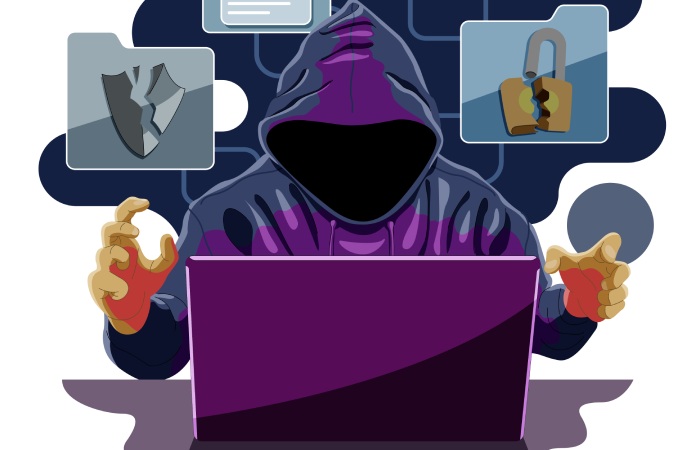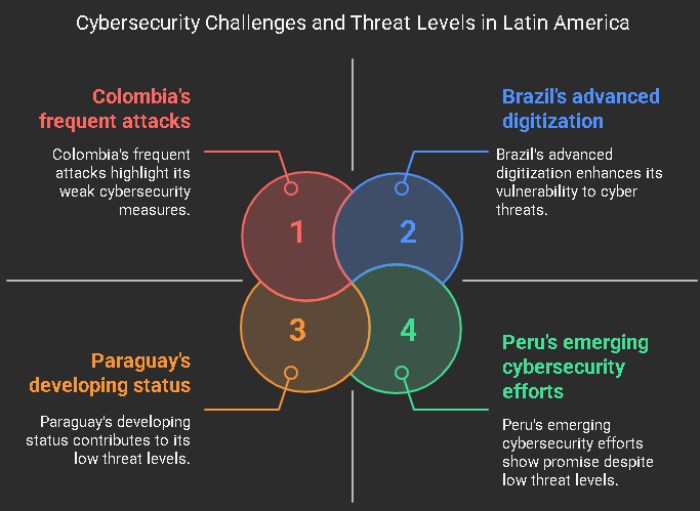[sonaar_audioplayer albums=”latest” progress_bar_style=”default” wave_bar_width=”1″ wave_bar_gap=”1″ player_layout=”skin_boxed_tracklist” show_track_market=”true”][/sonaar_audioplayer]
Cyber threats are for real! In today’s world, we are not in a situation to ignore them or think of them as insignificant. While the entire world is getting hit, Latin America is struggling the most, followed by Africa and Europe. As per the research of a leading cybersecurity vendor, Latin America experiences around 2569 attacks every week. This is 40% higher than the global average of 1848 attacks per week.
Threat actors target critical infrastructural setups such as governments, communications, healthcare, and militaries. These sectors face an estimated 3k to 4k cyberattacks every week. Not only critical sectors but ordinary people are also facing cyber risks through financial institutions and apps. Latin American nations are majorly exploited through weaker security settings in financial apps and settings. Colombia, Mexico, Paraguay, and Peru are among the most targeted Latin American countries.
Experts believe that the developing status of this region is what makes it too prone to threat attacks. Latin American countries are embracing cybersecurity measures. However, the pace is not as swift as other developed nations. They are still a ‘work in progress,’ which makes them an easy target for cyberattackers.
The worst thing about Latin America’s situation right now is the fact that cybercriminals and cartels are joining hands. They have been operating closely together to intensify the impact of the threat attacks. An anonymous analyst at Intel 471 mentioned the involvement of a threat actor who was actively working as a recruiter for the notorious Brazilian cartel- Brazilian PCC. Their job was to identify hackers who could help the Brazilian cartel with fintech executives. The ultimate goal was to facilitate seamless money laundering by leveraging crypto.
Brazil is one of the most secure places for cartels and threat actors as they have been given a free hand to operate even from inside the prison. Smartphones and other gadgets are smuggled to them inside the prison from where they operate. This has been happening for a long time in Brazil. So, the citizens believe that authorities are not taking adequate measures to curb the menace.
Apart from that, most of the Latin American countries are lagging behind when it comes to technological knowledge. To stay relevant, Brazil is embracing advanced digitization and financial technologies. But at the same time, there is an extreme lack of technically aware and cyber-educated citizens.
Almost every Brazilian has Pix, a banking app on their phones. However, users from lower socioeconomic backgrounds are particularly vulnerable to cyber threats due to a lack of cybersecurity awareness. Poor password management, failure to update software, and limited knowledge about phishing protection make them easy targets for cybercriminals. Strengthening cybersecurity education and promoting phishing awareness can help mitigate these risks.
Local agencies and Interpol are trying to bring the situation under control. Together, they have been able to crack down some of the ransomware affiliates across the Latin American region. Yet there is so much more to achieve. Cyber experts believe that the efforts of the authorities are inadequate and uneven.



